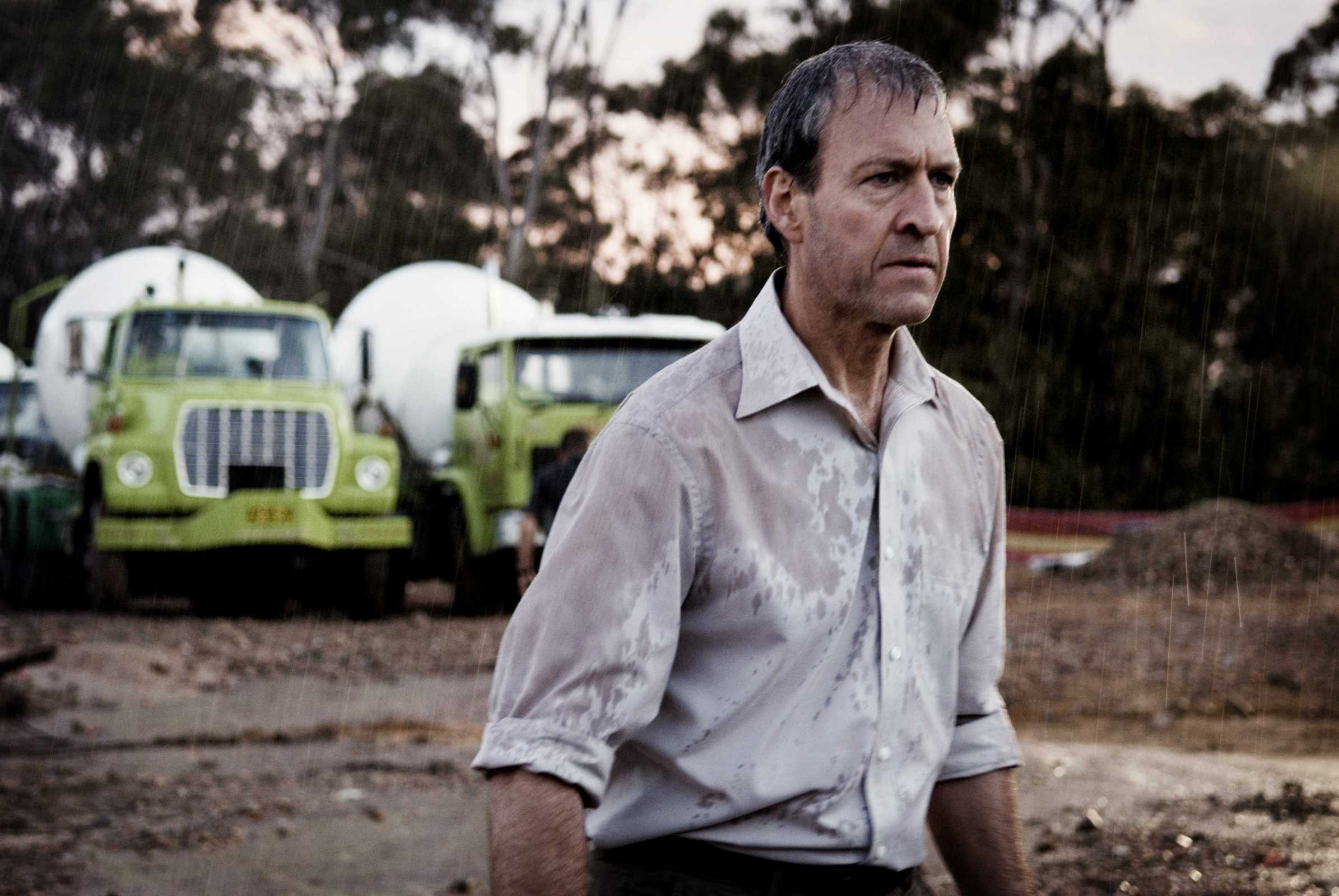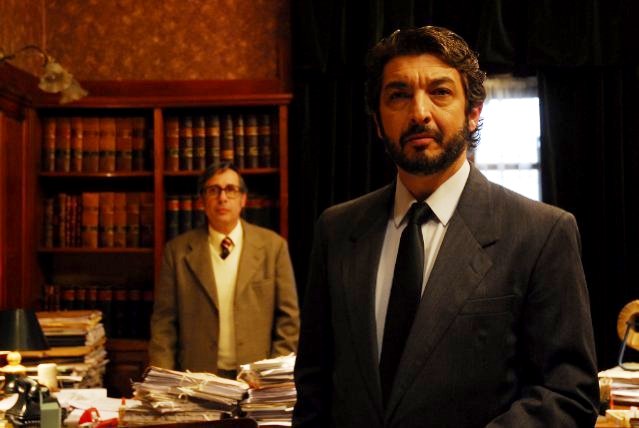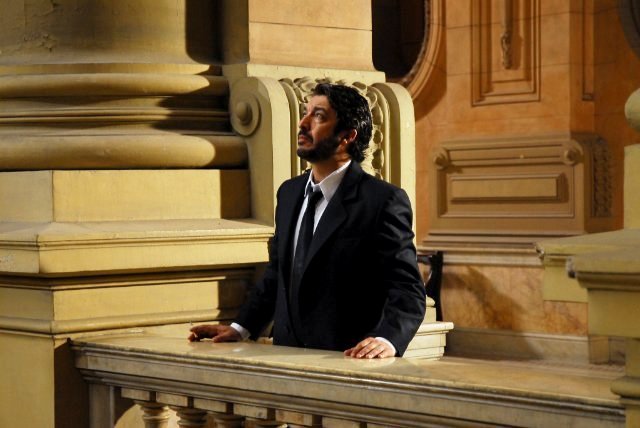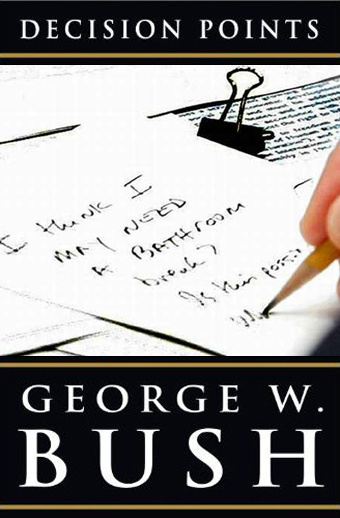
As two eagle-eyed sidebar surfers seem to have already discovered, I finally
put up a smattering of pics from my recent
sailing excursion in the British Virgin Islands. (That’s me above, jumping off the bow of our chartered boat,
Searider, just off the coast of
Jost Van Dyke.) In lieu of a day-by-day overview of our adventures, I’ll just make a few observations which may or may not be of interest to those heading out yonder way.
 1. The actual sailing was good fun, but also a bit more rigorous at times than I anticipated. And if you don’t have someone on board who knows what they’re doing, there could be trouble. As the saying goes, “anyone can hold the helm when the sea is calm,” and that was basically true for the first half of our trip. But there were definitely a few days on the back end when the winds and the swells kicked up, and I was very glad we had two seasoned sailors (as well as a Coastie) on board to commandeer the ship. I mean, I can turn a winch or pull a rope as well as the next guy, but the actual boat handling during highly variable and/or gusty winds never really felt intuitive to me. Let’s just say, when it comes to captaining nautical vessels, I think I still prefer my boats oar-powered.
1. The actual sailing was good fun, but also a bit more rigorous at times than I anticipated. And if you don’t have someone on board who knows what they’re doing, there could be trouble. As the saying goes, “anyone can hold the helm when the sea is calm,” and that was basically true for the first half of our trip. But there were definitely a few days on the back end when the winds and the swells kicked up, and I was very glad we had two seasoned sailors (as well as a Coastie) on board to commandeer the ship. I mean, I can turn a winch or pull a rope as well as the next guy, but the actual boat handling during highly variable and/or gusty winds never really felt intuitive to me. Let’s just say, when it comes to captaining nautical vessels, I think I still prefer my boats oar-powered.

2. Admittedly, extended time on Kauai will turn you into a snorkel snob. Still, while we didn’t see much in the way of spectacular, blow-your-mind reefs, we had really great luck with the local fauna. Turtles abounded, including one barnacle-covered fellow who’d probably seen a few decades. Several rays were spotted at various times, as well as a dolphin (seen from the ship), a barracuda (he camped out under the boat for an afternoon), and, for those who dove, even some members of the shark persuasion. Above ground, a few of the islands were home to feral goats, and every bay we anchored in had more than a few pelicans feasting well. (And if you stop at Little Harbour, bring extra lunchmeats for the hungry dock-daschund.)
 3. While clearly less populated than their US counterparts — you can tell that just from their respective nighttime glows — the British Virgin Islands are not particularly British. Although, that being said, they do have roundabouts in Roadtown, as well as the occasional English candy options here and there — Sadly, no Bassetts’ Wine Gums, tho’. (This may not seem important, but it is. Since my English kindergarten days, I’ve been a bit of a wine gum fiend.)
3. While clearly less populated than their US counterparts — you can tell that just from their respective nighttime glows — the British Virgin Islands are not particularly British. Although, that being said, they do have roundabouts in Roadtown, as well as the occasional English candy options here and there — Sadly, no Bassetts’ Wine Gums, tho’. (This may not seem important, but it is. Since my English kindergarten days, I’ve been a bit of a wine gum fiend.)
4. Speaking of midnight glow, I always tend to forget, after spending the last 17 years in the East Coast megalopolis of BosWash, how breathtaking the nighttime sky still is in the dark places of the world. One of my personal highlights of the whole experience. (In related news, I really need to brush up on my constellations.)
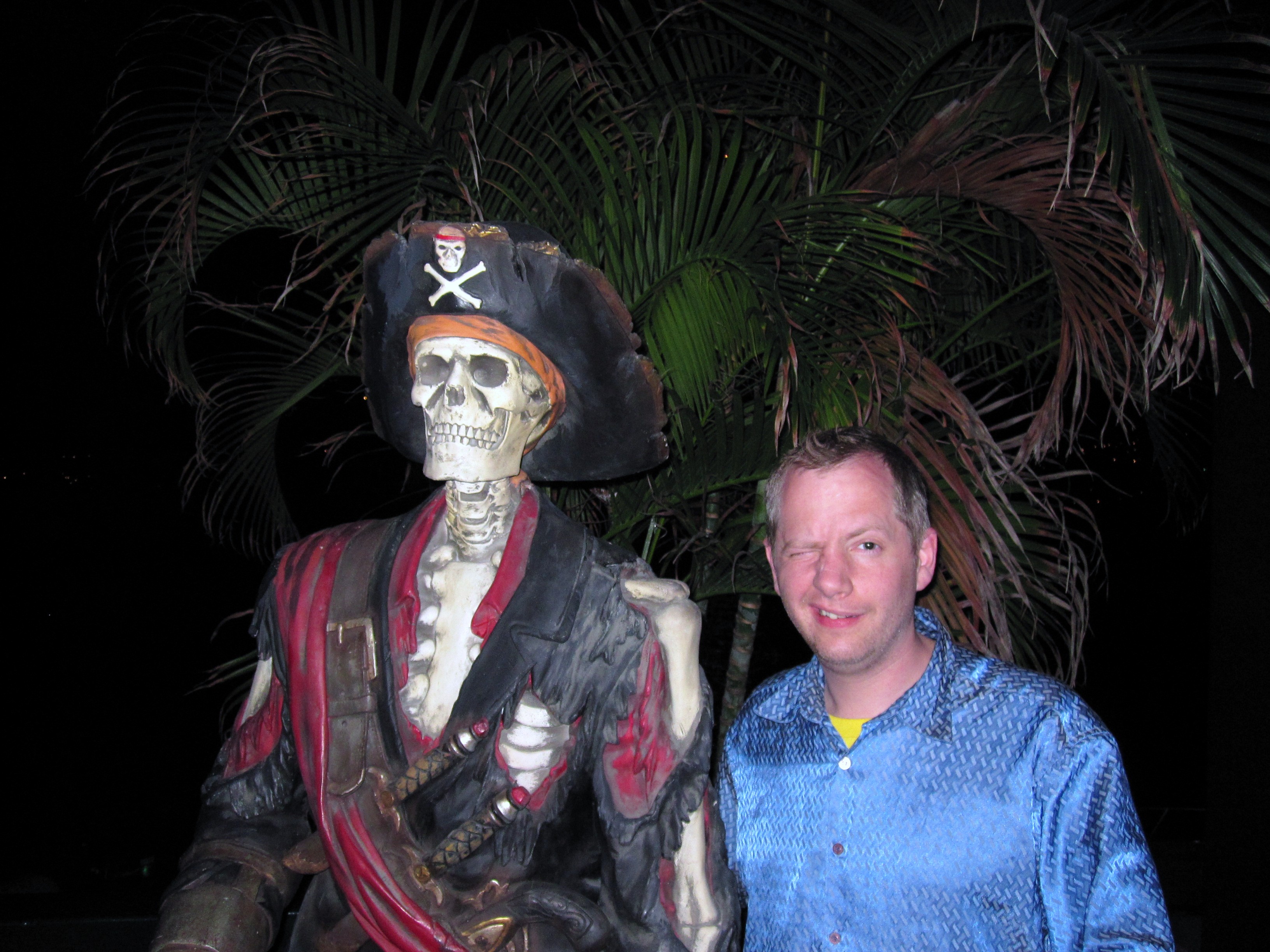 5. If you want to get the authentic Caribbean pirate experience in the BVI, then head to Norman Island and stop at Pirates’ Bight. Because, trust me, you will end up feeling totally robbed. In general, a lot of the hyped places in the guides were overpriced, underserviced tourist traps — Saba Rock near Virgin Gorda was another — which eventually prompted a lot of jokes among the crew about the “Comcast Virgin Islands.” But the Bight was far and away the worst — come for the sticker shock, stay for the microwave wings and world’s most ornery parrot. (That poor, miserable bastid was a living, breathing, screeching PETA commercial.)
5. If you want to get the authentic Caribbean pirate experience in the BVI, then head to Norman Island and stop at Pirates’ Bight. Because, trust me, you will end up feeling totally robbed. In general, a lot of the hyped places in the guides were overpriced, underserviced tourist traps — Saba Rock near Virgin Gorda was another — which eventually prompted a lot of jokes among the crew about the “Comcast Virgin Islands.” But the Bight was far and away the worst — come for the sticker shock, stay for the microwave wings and world’s most ornery parrot. (That poor, miserable bastid was a living, breathing, screeching PETA commercial.)
 6. Now, that being said, one island haunt that *did* live up to the hype was the much-touted Foxy’s in Great Harbour, Jost van Dyke. After getting burned a few times in the early going (see above), we went to this night spot with rather low expectations. But Foxy’s actually delivered on the local flavor, Caribbean rhythms, and Cocktail-ish beach bar ambience it promised. (The co-ed, drunken gaggle of 40 or so French sailors having their Spring Regatta farewell party may have helped. Good lookin’ people, the French.)
6. Now, that being said, one island haunt that *did* live up to the hype was the much-touted Foxy’s in Great Harbour, Jost van Dyke. After getting burned a few times in the early going (see above), we went to this night spot with rather low expectations. But Foxy’s actually delivered on the local flavor, Caribbean rhythms, and Cocktail-ish beach bar ambience it promised. (The co-ed, drunken gaggle of 40 or so French sailors having their Spring Regatta farewell party may have helped. Good lookin’ people, the French.)
 7. If #5 didn’t make the point above, I strongly advise trying to find mooring or anchoring spots off the beaten path. In fact, one of our generally-agreed-upon favorite stops on the trip was just around the corner from the aforementioned Bight. I’d tell you exactly, but then I’d be making the mistake in The Beach. (Granted, some folks may be wired differently than me on this front. One of the more bustling places we stopped at to resupply was The Bitter End, a luxury resort on Virgin Gorda. Well, ok, but I don’t know why you venture all the way out to BVI just to approximate the experience of Hilton Head. But don’t mind me — I’ve been getting more Mosquito Coast-y in recent years.)
7. If #5 didn’t make the point above, I strongly advise trying to find mooring or anchoring spots off the beaten path. In fact, one of our generally-agreed-upon favorite stops on the trip was just around the corner from the aforementioned Bight. I’d tell you exactly, but then I’d be making the mistake in The Beach. (Granted, some folks may be wired differently than me on this front. One of the more bustling places we stopped at to resupply was The Bitter End, a luxury resort on Virgin Gorda. Well, ok, but I don’t know why you venture all the way out to BVI just to approximate the experience of Hilton Head. But don’t mind me — I’ve been getting more Mosquito Coast-y in recent years.)
 8. If you’re enjoying a nighttime campfire on a small island covered with dry wood, brush and other highly flammable material, and the notion strikes you to go all Survivor or Lord of the Flies and make yourself a torch, do NOT use one of your cheap athletic socks in said torch’s construction. Because, for whatever reason, athletic socks apparently explode more than they burn, and watching dozens of tiny embers of flaming nylon or polyester or whatever float away and scatter all over a very arid paradise in the middle of the night is not a happy moment. Just sayin’.
8. If you’re enjoying a nighttime campfire on a small island covered with dry wood, brush and other highly flammable material, and the notion strikes you to go all Survivor or Lord of the Flies and make yourself a torch, do NOT use one of your cheap athletic socks in said torch’s construction. Because, for whatever reason, athletic socks apparently explode more than they burn, and watching dozens of tiny embers of flaming nylon or polyester or whatever float away and scatter all over a very arid paradise in the middle of the night is not a happy moment. Just sayin’.
 9. Similarly, if you’re a right-wing billionaire who, when not giving millions to the Republican Party or funding Creationist “research”, up and decide to buy yourself a private island, and on that private island, overlooking the, uh, White Bay, you call your exclusive private resort the, um, “Eagle’s Nest“…well, let’s just say the optics aren’t too good. (Nice beach, tho’.)
9. Similarly, if you’re a right-wing billionaire who, when not giving millions to the Republican Party or funding Creationist “research”, up and decide to buy yourself a private island, and on that private island, overlooking the, uh, White Bay, you call your exclusive private resort the, um, “Eagle’s Nest“…well, let’s just say the optics aren’t too good. (Nice beach, tho’.)
10. As Herman Melville once wrote, “At sea a fellow comes out. Salt water is like wine, in that respect.” And fellowship was in no short supply aboard the Searider. I think it’s safe to say we all had a great time — yes, even at the Bight — and made some memories to last a lifetime. So if you do head out for your own sailing adventure, bring sunscreen, somebody with sailing experience, some extra turkey for the dock-daschund, and, most importantly some interesting folks and old, good friends along with you. You won’t regret it.






